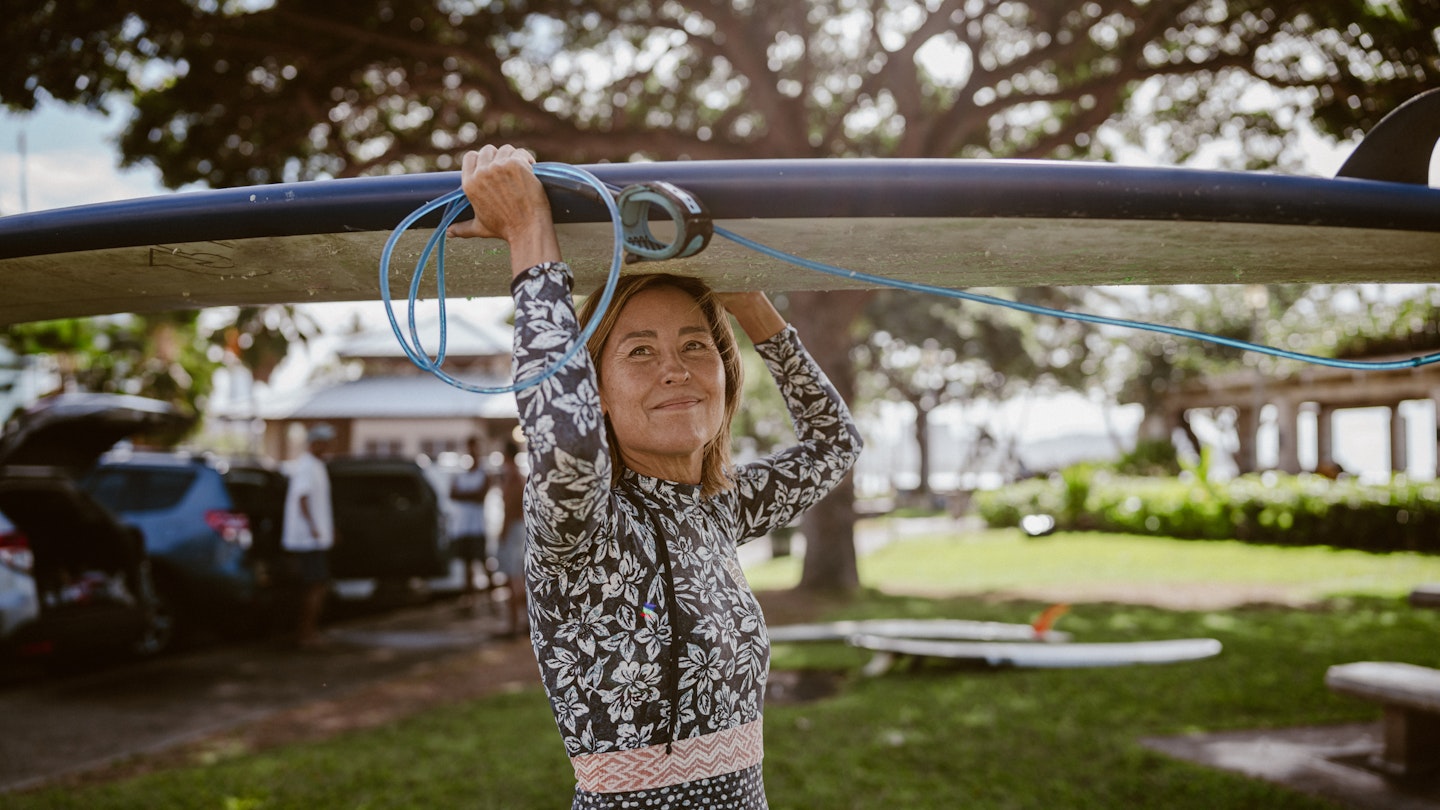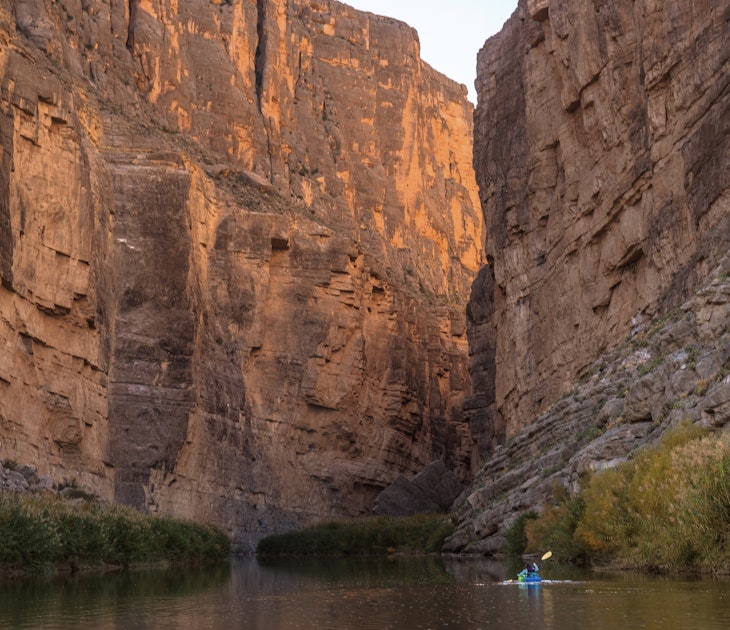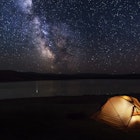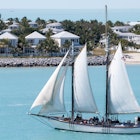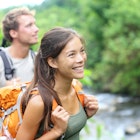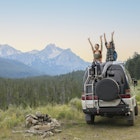With year-round sunshine and balmy weather, any time is a great time to visit Hawaii. But while there are no major seasonal changes in the Islands, there are subtle differences in weather, crowds and prices throughout the year.
Most visitors travel during breaks, so summer and mid-spring are busy. But the busiest time in Hawaii is actually winter – specifically the last two weeks of December through early January – as people flee cold climates for sunny beaches and warm weather. During this peak time, prices for airfare and hotels are the highest. You'll find cheaper rates during late spring and fall, before Thanksgiving.
During the summer, the average daytime temperature is 85°F; in the winter, it's 78°F. But summer tends to be drier and hotter; winter is often rainy and wet. For more tips and advice, read on before you plan your next vacation to the Islands.
June to August is busy, but the weather is perfect
If you want to experience Hawaii at its best, visit during the summer. The days are long and languid, the weather is almost always sunny, and there's so much to do. But schools are out on summer break, making this a peak season for traveling to the Islands. Expect higher prices on airfare and hotels and longer lines at popular attractions. Reservations for things like Hanauma Bay on Oʻahu and sunrise at Haleakalā National Park on Maui may be harder to nab.
Surf is up on south-facing shores – like Waikiki on Oʻahu and Poʻipu on Kauaʻi – and outdoor events and festivals are happening on every island. June starts with the annual King Kamehameha Celebration Floral Parade through Waikiki. Every weekend, Japanese temples host bon dances at night, with traditional dancing, music and food. On Maui, there's the annual Kapalua Wine & Food Festival, Maui AgFest and Maui Film Festival.
Every island has a county fair, with keiki (kids) rides, live entertainment and food booths. And surfing is celebrated at the annual Duke's OceanFest in August, a weeklong festival in honor of the legendary Duke Kahanamoku, with surf contests, surf polo, swimming, stand-up paddling and Hawaii's only dog surfing competition.
Most plumeria trees will be in full bloom, and it's also mango season, so expect lots of mangoes on the menu in restaurants and at farmers markets across the state.
September to October is the cheapest time to visit
Fall is typically the slower season for travel in Hawaii – you'll run into fewer crowds but still enjoy warm temperatures, averaging a high of 88°F. Airfare from the US mainland is usually at its lowest, and finding deals (and rooms) at hotels will be easier.
Evenings are balmy – perfect for a quiet dinner at an oceanfront restaurant – and the ocean is actually the warmest it will be all year. It's still hurricane season until November, though, with most hurricanes hitting the Islands in late summer and early fall.

November to January is the best time to escape winter — but expect crowds
It's no surprise the winter months are Hawaii's busiest – you can still lounge on the beaches here and bask in the sun. The days start getting shorter in late fall, and November, namely Thanksgiving weekend, signifies the start of Hawaii's busiest travel period. Rooms may be hard to get, so book early if you're planning a trip to Hawaii during this time. This is also the priciest season, though you can sometimes score deals on airfare.
Winter months bring monster surf to the north shores of all islands. Professional surfers flock to Oʻahu's fabled North Shore for contests, including the Triple Crown of Surfing and the Eddie Aikau Big Wave Invitation – both exciting to watch from shore. (Don't attempt to get in the water when the surf's up.) The Honolulu Marathon happens in December, when thousands of people hit the roads from Waikiki to Hawaiʻi Kai.
Starting in November, humpback whales – called kohola in the Hawaiian language – start their annual return to Hawaii to breed, birth and nurse calves. An estimated 8000 to 12,000 migrate from Alaska to the Islands' warm, shallow waters from November through April, and the protected marine mammals can be seen from every island.

February and early March are often rainy and slow
Late winter brings good news for budget travelers and anyone looking for a more relaxing vacation: you can often find discounts on airfare and hotels, and beaches, hiking trails and popular attractions aren't nearly as crowded as during the peak summer and winter seasons.
Winter months tend to be rainier than summer, but the showers are usually localized and don't last that long. This is a great time to hit farmers' markets – every island has them! – as avocados, citrus, lychee and other tropical fruits are still in season.

Mid-March to early April is an ideal time for families
With the exception of spring and Easter breaks, spring is a slower time of year for travel. But when schools are out, it's another peak season. The prices aren't as high as they are in the summer and winter months, though, and the weather is cool and comfortable, not summery hot – perfect for outdoor adventures with kids.
It's a nice time to walk through zoos – the Honolulu Zoo on Oʻahu is the largest in the state, but the Panaʻewa Rainforest Zoo & Gardens in Hilo is charming, with a great playground and botanical gardens. The ocean is fairly calm during this period, making it great for snorkeling and swimming.
And if it rains, there's plenty to do indoors. Oʻahu has a few indoor playgrounds, including Kids City in Honolulu and Kapolei, Hawaii Children's Discovery Center in Kakaʻako and the new Keiki Kingdom, with the largest ball pit on the island. This is also a great time to take in a luau, which can often be sold out during busier seasons.

May to June is best for couples
Hawaii is one of the most romantic places in the world, and heading there during a slower time – fewer visitors, emptier beaches – makes for an even more magical trip for the lovers out there. This is just before the peak-summer travel time, so you'll likely find cheaper flights and accommodations.
Temperatures are in the mid-80s, and the weather isn't as rainy as in early spring, which means it's a great time to hit hiking trails, walk along beaches and explore charming neighborhoods, like Kailua on Oʻahu, Paia on Maui and Hanalei on Kauai. This is also a great time to visit Hawaii Volcanoes National Park, as it's not as crowded or rainy. (Still, if you're hiking through the park, you should bring rain gear just in case.)

